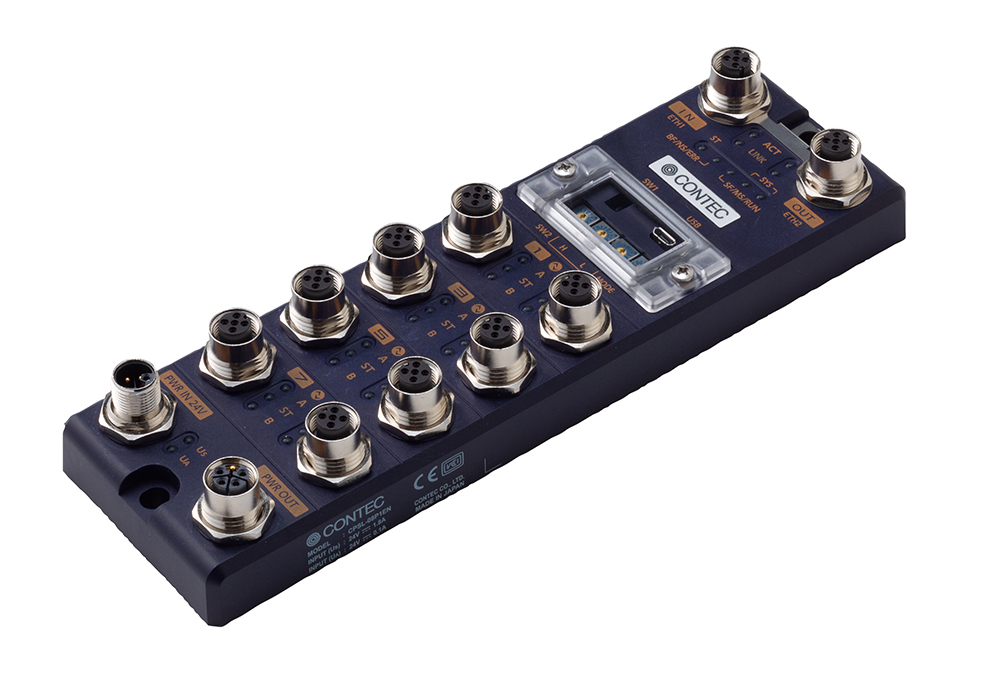

- Link earthnet install#
- Link earthnet drivers#
- Link earthnet windows 10#
- Link earthnet software#
- Link earthnet Pc#

Link earthnet Pc#
However, if your PC is used for file or printer sharing, you’ll need to make your PC discoverable again by setting it to use a private network profile. In a public network profile, your PC is not discoverable to other PCs and devices on the network, which can help make your PC more secure. Network reset might set each one of your known network connections to a public network profile.
Link earthnet software#
Wait for your PC to restart and see if that fixes the problem.Īfter using network reset, you might need to reinstall and set up other networking software you might be using, such as VPN client software or virtual switches from Hyper‑V (if you're using that or other network virtualization software). On the Network reset screen, select Reset now > Yes to confirm. Select Settings > Network & internet > Advanced network settings > Network reset. Select the Start button, then enter settings. After your PC restarts, any network adapters are reinstalled, and the settings for them are set to the defaults. Network reset removes any network adapters you have installed and the settings for them. It can also help to fix the problem where you can connect to the internet but can't connect to shared network drives.
Link earthnet windows 10#
This can help solve connection problems you might have after upgrading from Windows 10 to Windows 11. Consider using it if the steps above don’t help to get you connected. Using network reset should be the last step you try.
Link earthnet install#
If Windows doesn't automatically install a driver, try to install the backup driver you saved before uninstalling. Check to see if that fixes your connection problem. Select the network adapter, press and hold (or right-click), and then select Uninstall device > the Attempt to remove the driver for this device check box > Uninstall.Īfter uninstalling the driver, select the Start button > Power > Restart.Īfter your PC restarts, Windows will automatically look for and install the network adapter driver. Select Search on the taskbar, type Device Manager, and then select Device Manager from the list of results.Įxpand Network adapters and locate the Ethernet network adapter for your device. You’ll need to know the PC manufacturer and model name or number. If your PC can't connect to the internet, you'll need to download a driver on a different PC and save it to a USB flash drive so you can install the driver on your PC. Visit the PC manufacturer’s website and download the latest network adapter driver from there.
Link earthnet drivers#
Consider this approach if your network connection stopped working properly after a recent update.īefore uninstalling, make sure you have drivers available as a backup. Windows will automatically install the latest driver. If the previous steps didn’t work, try to uninstall the network adapter driver, and then restart your computer. Uninstall the Ethernet network adapter driver and restart. Type ipconfig /flushdns and select Enter. Type netsh int ip reset and select Enter. Type netsh winsock reset and select Enter. To the right of it, select Run as administrator > Yes.Īt the command prompt, run the following commands in the listed order, and then check to see if that fixes your connection problem: Select Search on the taskbar, type Command prompt. Run network commands. Try running these network commands to manually reset the TCP/IP stack, release and renew the IP address, and flush and reset the DNS client resolver cache: For more info, see Connect to a Wi-Fi network in Windows. This can do two things-help you get an internet connection and help you narrow down the source of the problem. If your router is a Wi-Fi router, try to connect to Wi-Fi and see if you can get connected. If it does, it might be a problem with the first cable.Ĭonnect to Wi-Fi instead. If one Ethernet cable doesn’t work and you have another one nearby, try the other Ethernet cable to see if that works. If there’s an error, such as one that says Action needed, select Ethernet to view your Ethernet connection settings. Make sure it says Connected underneath the network connection name. Check your Ethernet connection status at the top of the screen. On your PC, try to connect again using the Ethernet connection.Ĭheck the network status in Settings. You can usually tell when they’re ready by looking at the status lights on the two devices. Wait a few minutes for the modem and router to fully power on. Plug your router back into the power source. Plug the modem back into the power source. If you had to remove the battery from the modem, put it back in.

If you unplug the modem and lights stay on, remove the battery from the modem. Unplug the power cable for the modem from the power source. Unplug the power cable for the router from the power source. Note: If you have a cable modem/Wi-Fi router combo device, you only need to follow the steps for the single device.


 0 kommentar(er)
0 kommentar(er)
